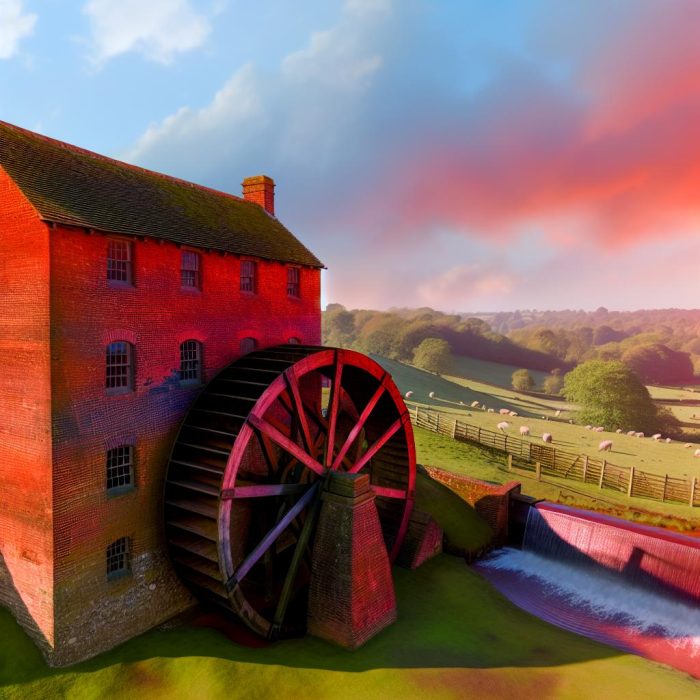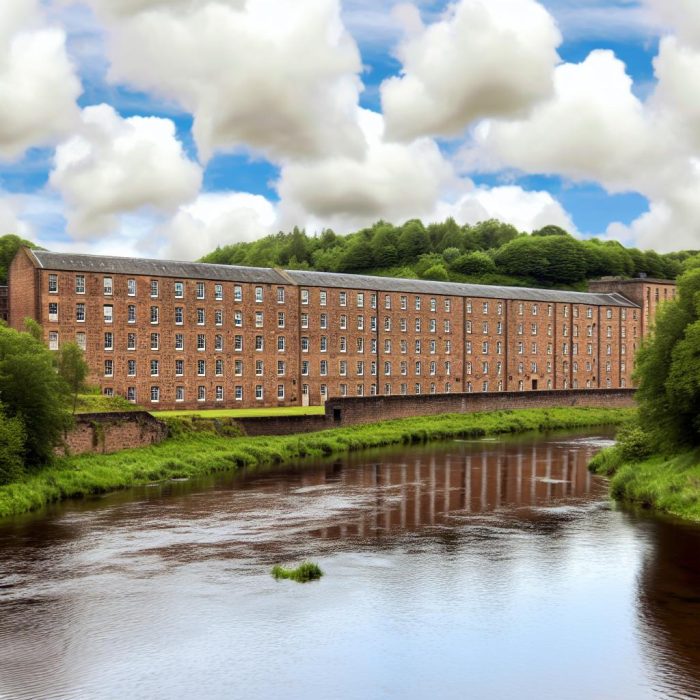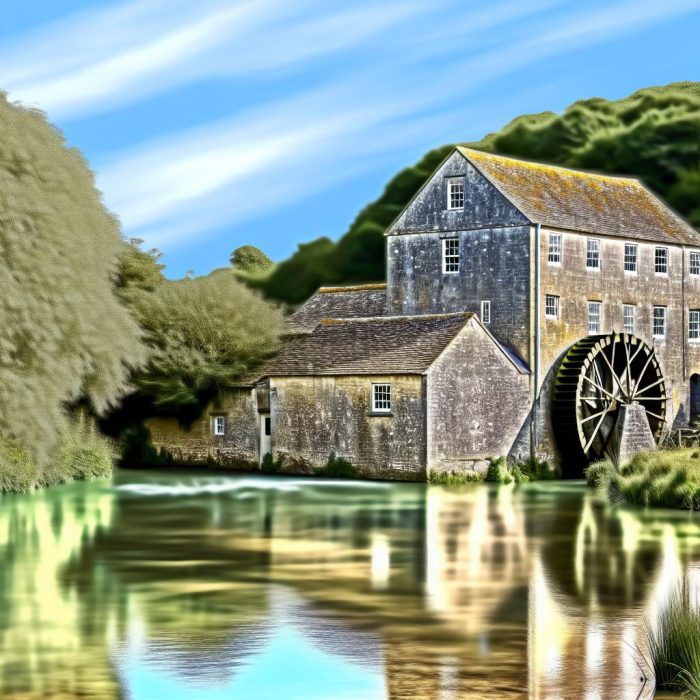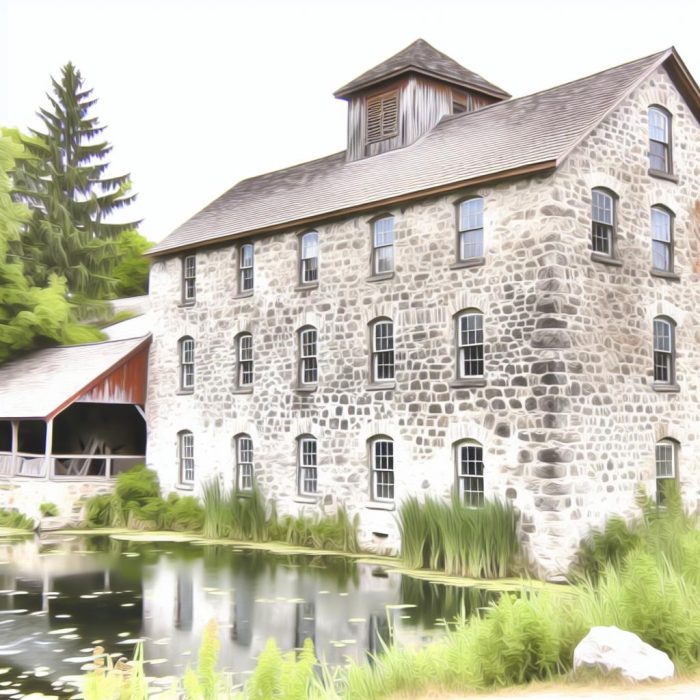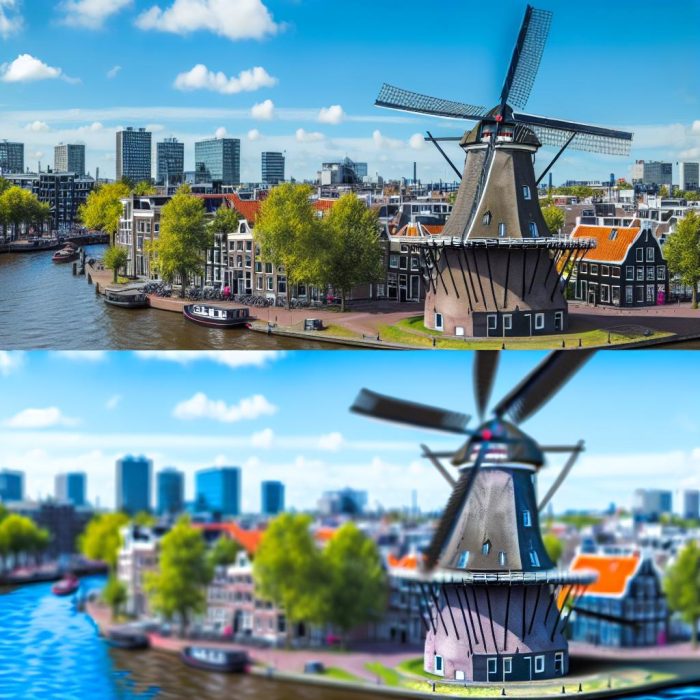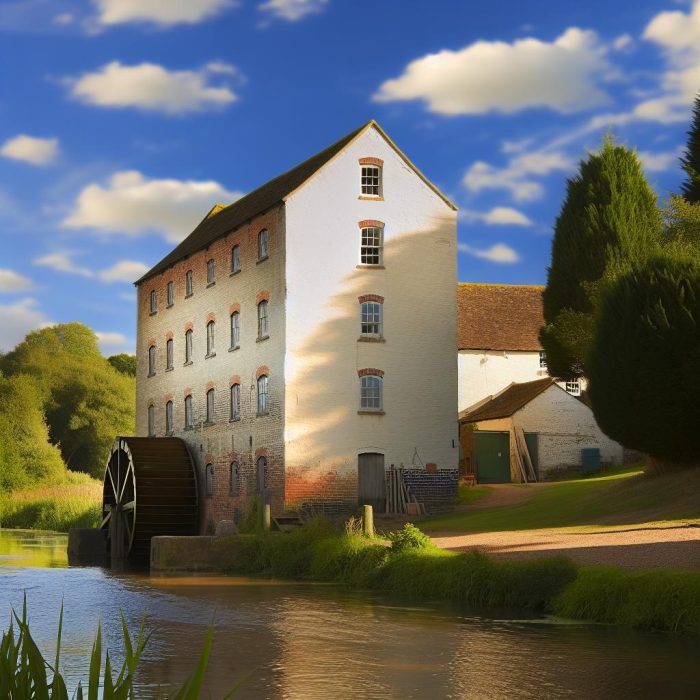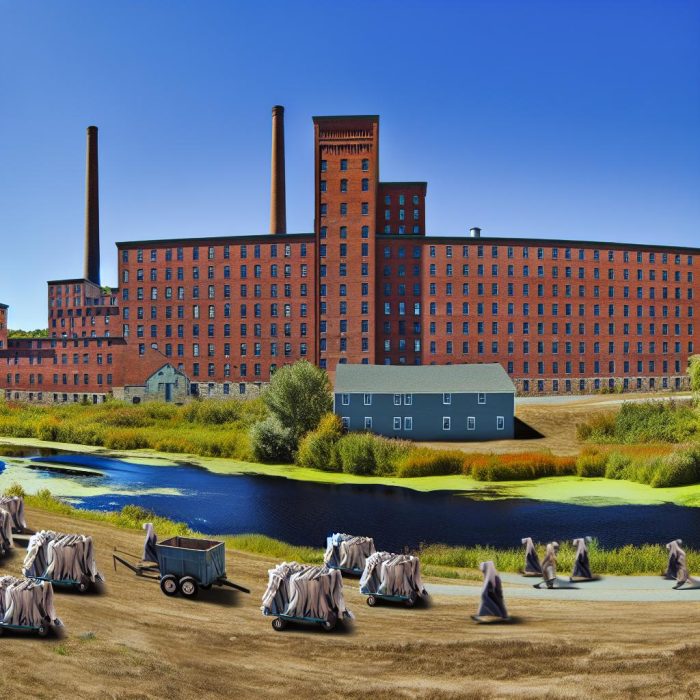Quarry Bank Mill is a significant historical and industrial site located in Cheshire, England. Established in 1784 by Samuel Greg, this cotton mill exemplifies the early stages of the Industrial Revolution in Britain. The mill operates as a part of the National Trust today and offers visitors an insight into the past industrial advancements and socio-economic conditions of the time.
Historical Background
The inception of Quarry Bank Mill marks a pivotal moment in the history of textile manufacturing. Samuel Greg’s visionary approach combined access to water power with emerging technologies in cotton spinning. This significantly enhanced productivity and paved the way for the factory system, which revolutionized textile production in England.
The Mill’s Architecture
The structure of Quarry Bank Mill is a testament to industrial architecture of the late 18th century. Built using locally sourced stone, the mill was strategically positioned alongside the River Bollin for harnessing water power. The architecture reflects an era focused on functionality, durability, and efficiency, essential for industrial-scale production.
Water Power and Innovation
Initially, Quarry Bank Mill was powered by a waterwheel, one of the largest in Europe at the time. This innovative use of water power was a key factor in the mill’s success. Over time, advancements such as steam power and electricity were integrated, showcasing the evolution of industrial technology through the 19th and early 20th centuries.
The Workforce and Social Impacts
Quarry Bank Mill employed a diverse workforce, including adults and children. The Greg family developed a paternalistic approach to labor, instituting housing and education for workers. The Apprentice House, still standing today, was built for child workers, offering insight into the social dynamics and labor practices of the period.
Present-Day Quarry Bank Mill
Today, Quarry Bank Mill operates as a museum, offering visitors a compelling glimpse into the past. The National Trust manages the site, preserving its historical and educational value. To learn more about visiting the mill and exploring its rich history, you can visit the National Trust’s official website.
The significance of Quarry Bank Mill extends beyond its physical structure. It embodies the spirit of a period marked by innovation and industrial progress. The mill played a crucial role in the broader narrative of Britain’s industrialization.
The Early Industrial Era
During the late 18th century, Britain was on the cusp of a major transformation. The establishment of factories like Quarry Bank Mill symbolized a departure from traditional, home-based textile production, moving towards centralized manufacturing. This transition allowed for greater efficiency and standardization in production processes.
Samuel Greg’s decision to situate the mill in Cheshire was strategic. The proximity to the River Bollin facilitated the utilization of water as a power source, which was essential before the widespread adoption of steam engines. Waterwheels were instrumental in transforming mechanical energy into the power needed to operate the spinning machines.
The ambition to harness water power was complemented by technological advancements in spinning machinery. Tools such as the spinning jenny and the water frame, developed by prominent inventors like James Hargreaves and Richard Arkwright, enhanced the textile manufacturing process. These innovations were crucial in accommodating the growing demand for cotton fabrics, both domestically and internationally.
Architectural Significance
The design of Quarry Bank Mill reflects the practical needs of industrial production during the period. Constructed using tough, locally-sourced stone, the mill was designed for durability, capable of withstanding the demands of operating heavy machinery. Its robust construction also provided a stable environment for the large-scale production of textiles.
Functionality was prioritized in the architecture of the mill. This practical approach ensured that the structure could support the heavy spinning equipment essential for processing cotton fibers. Furthermore, the building’s proximity to the River Bollin underscores the importance of natural resources in the early industrial era.
Evolution of Power Sources
The initial reliance on water power at Quarry Bank Mill underscores the era’s dependence on natural energy sources. The waterwheel, sizable within the European context, was at the forefront of this utilization. However, as the 19th century progressed, the shift to steam power became increasingly evident.
Steam engines revolutionized milling operations by providing a more consistent and controllable power source. This transition marked a critical point in industrial technology, allowing mills to operate independent of their proximity to water bodies. With the advent of electricity in the early 20th century, technology continued to evolve, further enhancing productivity and efficiency.
Impact on the Workforce
Quarry Bank Mill’s operations had significant social implications. The employment opportunities afforded by the mill attracted workers from various backgrounds, fostering a diverse labor force. Despite the demanding nature of industrial work, the Greg family acknowledged the societal role they played as mill owners.
The Gregs’ paternalistic approach aimed to address some of the workforce’s needs. This included the provision of housing and education, particularly for child laborers. The Apprentice House stands as a historical testimony to the efforts made to educate and accommodate the young workers. The conditions of labor and the living arrangements reflect the era’s socio-economic landscape and the complex dynamics between industrialists and their workforce.
Visiting Quarry Bank Mill Today
In its current role as a museum, Quarry Bank Mill serves as an educational and cultural resource. Managed by the National Trust, the museum offers exhibits and interactive experiences that convey the historical significance of the site. Visitors are afforded the opportunity to explore the intricacies of the industrial revolution firsthand.
A visit to Quarry Bank Mill is a journey through time, offering insights into the technological advancements and social changes of a bygone era. The preserved machinery, archival materials, and restored buildings provide a comprehensive understanding of how industrialization shaped modern society.
For more information about visiting and exploring Quarry Bank Mill, you can visit the National Trust’s official website, where details about tours, exhibitions, and educational programs are available.
Quarry Bank Mill remains a poignant reminder of industrial heritage, the ingenuity of past generations, and the societal changes wrought by the Industrial Revolution. As a preserved historical site, it continues to educate and inspire, ensuring that the lessons of the past remain accessible to future generations.
